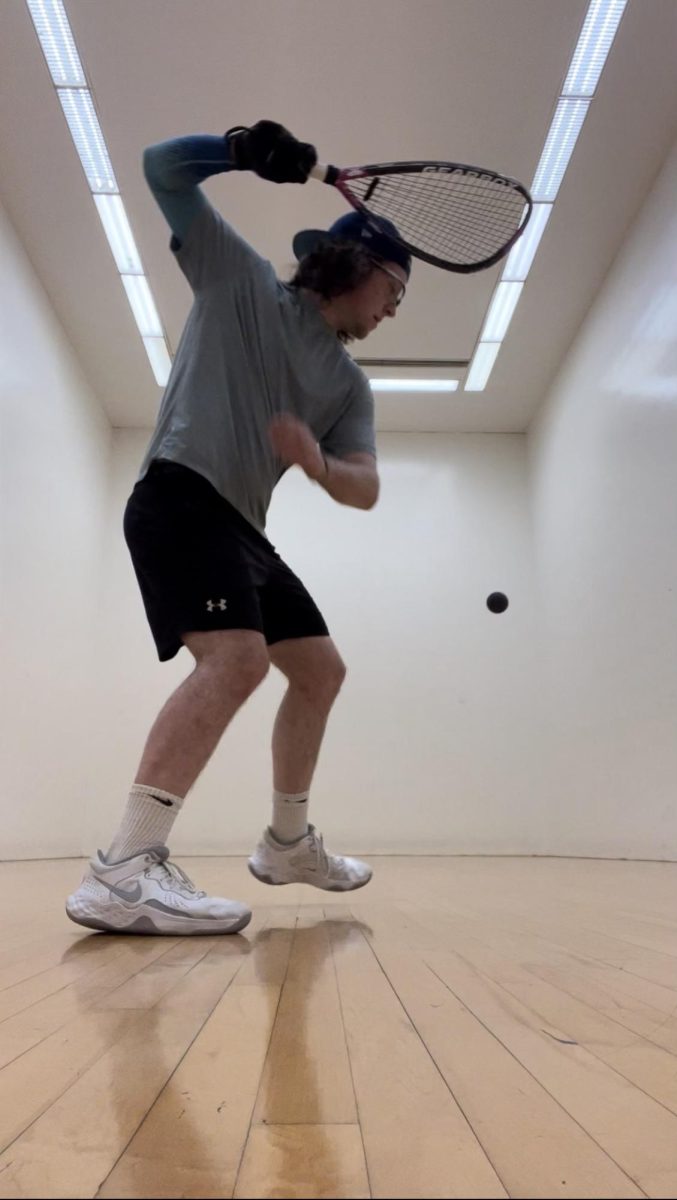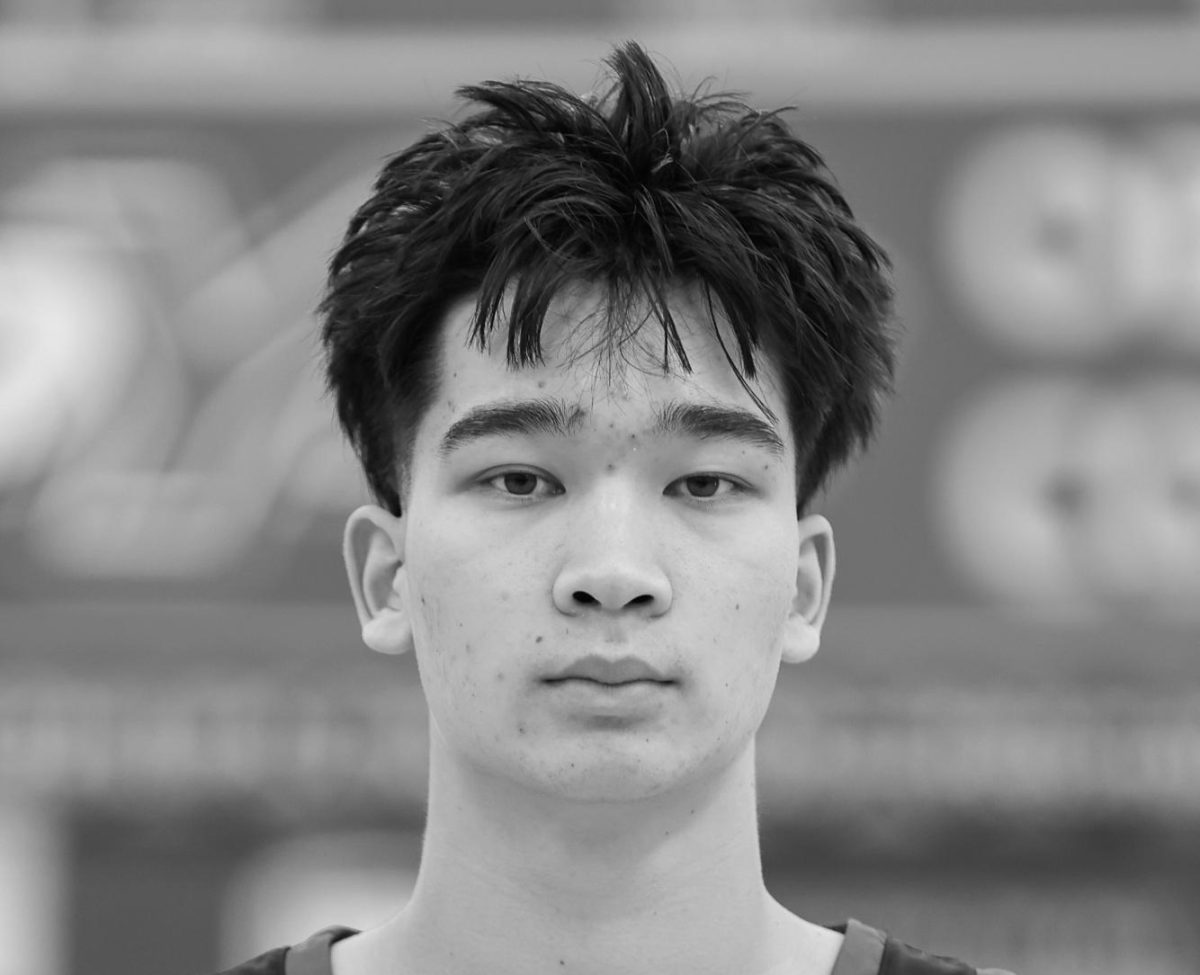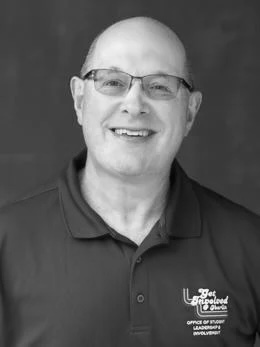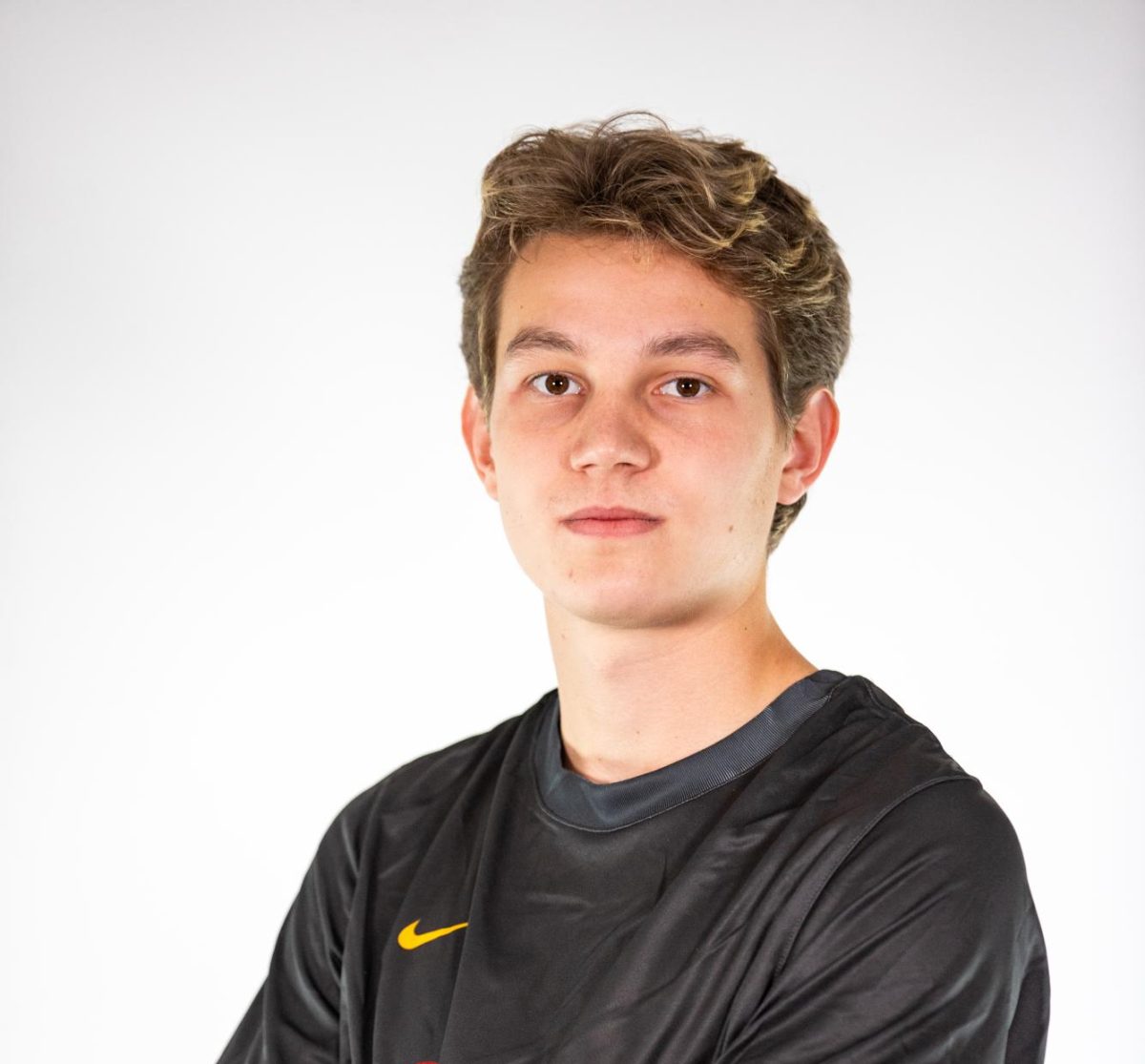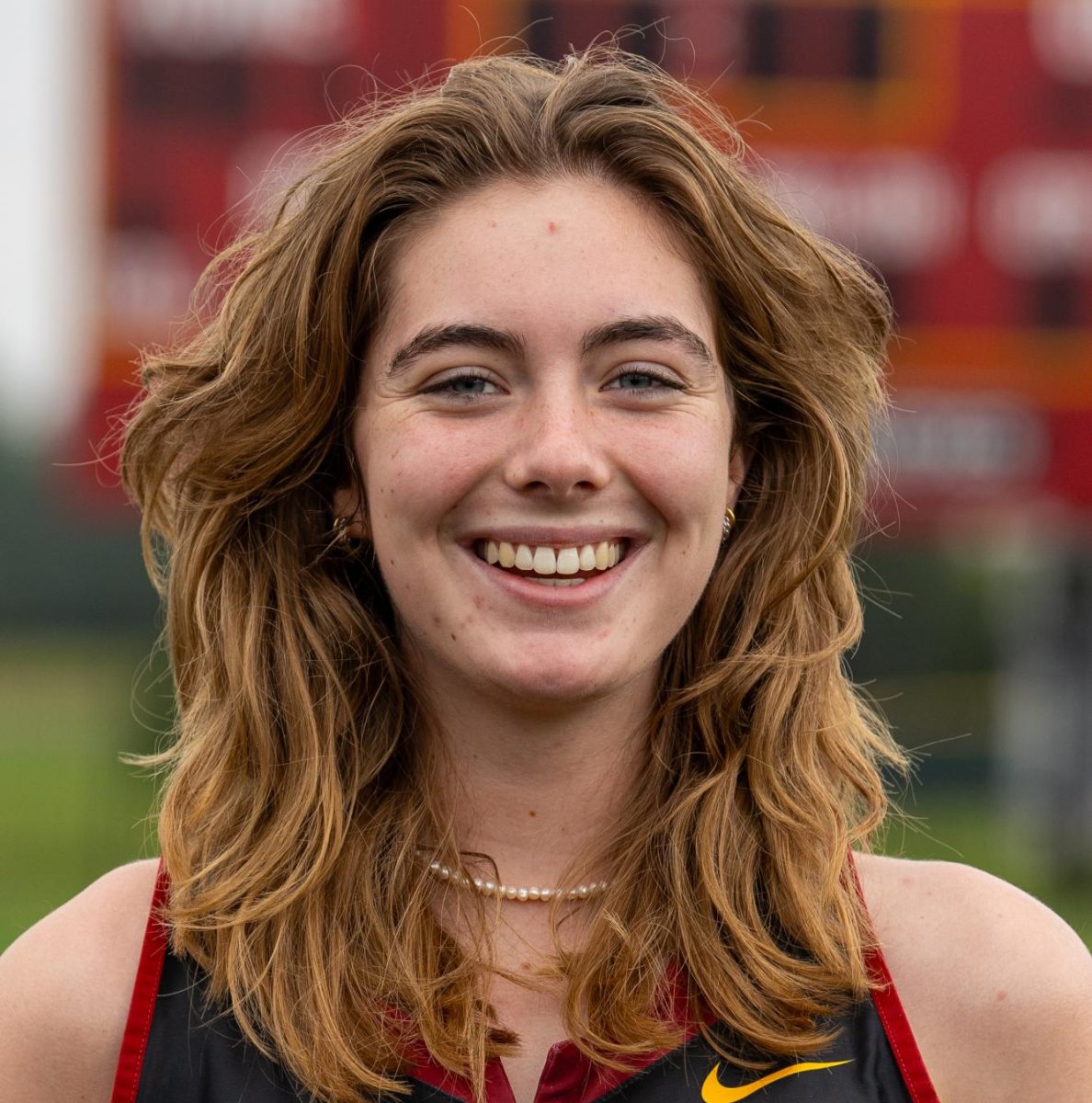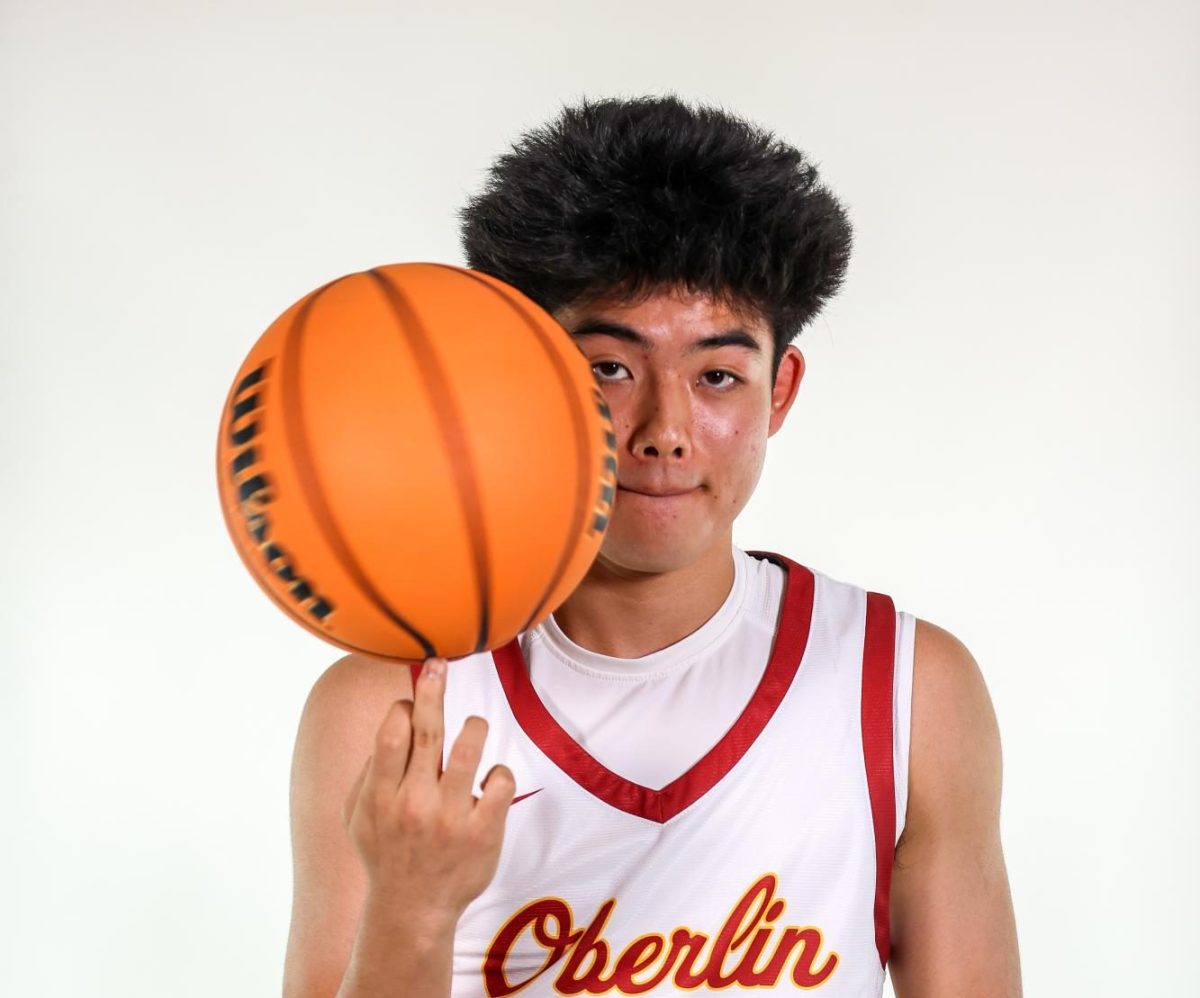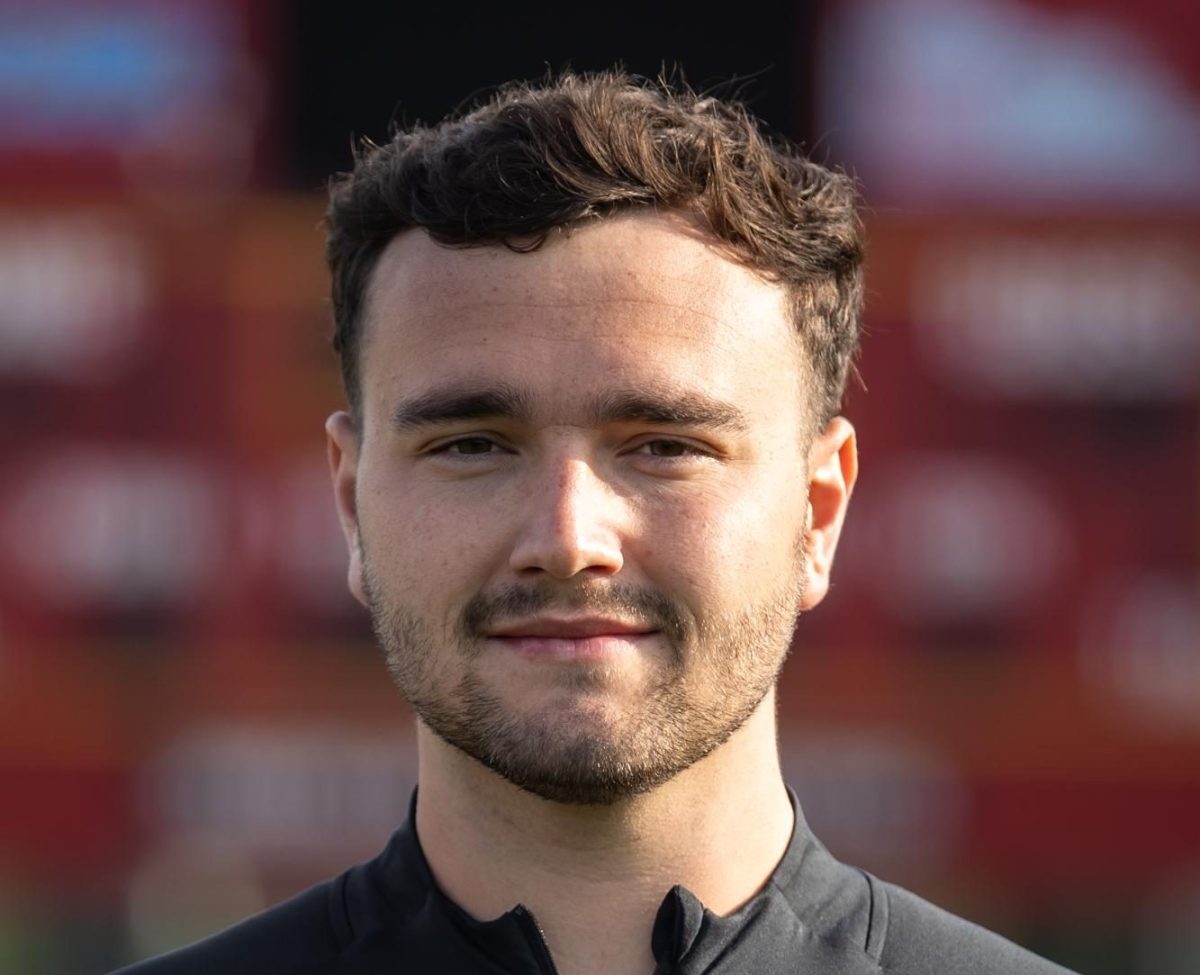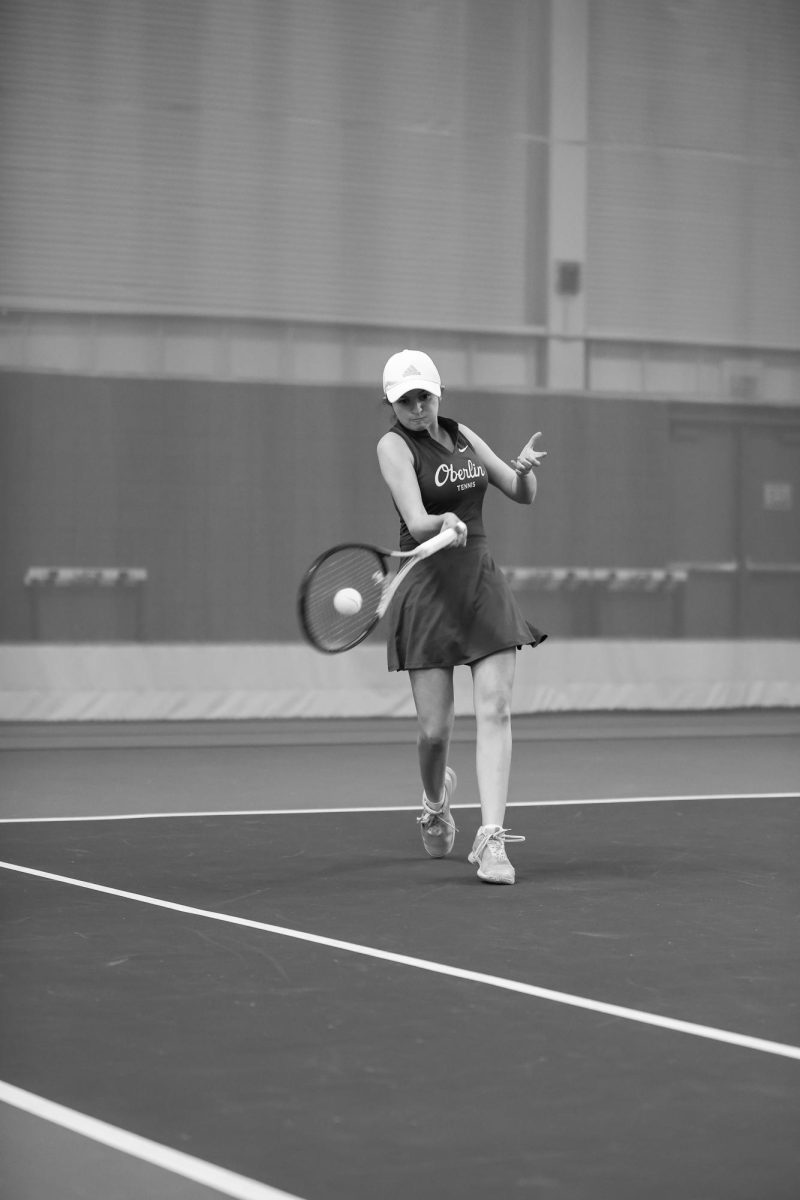Homer Steadman-Shockley is a third-year College student who is the top college racquetball player for the region including Michigan, Ohio, and Pennsylvania. His record currently stands at 25–5. Steadman-Shockley has been playing racquetball on and off ever since he was 8 years old. For 11 years, before he started college, he practiced with a group of 50–60 year olds that played racquetball at his local gym back home. It wasn’t until the last two or three years, though, that he started to take the sport more seriously. He credits the start of his racquetball career to his father.
“He was in his 30s or 40s for the racquetball boom in the ’70s,” Steadman-Shockley said. “So, he got super into it and then he just taught me when I was old enough to hold a racket.”
Racquetball can best be described as a mixture between squash and handball. Games are typically played in three rounds and score 15 points in the first two rounds and 11 in the third round. Every shot has to hit the front wall before it hits the floor. A player must return the shot before the opponent’s shot bounces twice, otherwise they forfeit the point. Racquetball is a lot faster than squash, with the ball often being hit at 150–160 mph. In addition, the balls used in racquetball are pure rubber.
For most of his life, baseball was Steadman-Shockley’s main sport, up until earlier this year. Steadman-Shockley experienced shoulder problems that made it difficult for him to pitch.
“My shoulder kind of died on me, which is weird ’cause it doesn’t affect racquetball at all,” Steadman-Shockley said. “But I guess it’s something about the arm angle being [up high] versus down here. It doesn’t bother me as much because in racquetball, a one-day tournament, you take like 500 shots at max effort, and baseball you throw up — especially as a reliever, which I was here — probably 40 max effort pitches a day, and you space it out, … three days off in between.”
The first tournament Steadman-Shockley played in was about a year ago at Baldwin Wallace University. His dad had encouraged him to sign up for a tournament out in the Midwest, so he signed up for one over Thanksgiving break.
“I don’t even remember how I heard about it because the site that racquetball tournaments are on was designed in the ’90s,” Steadman-Shockley said. “They never update it, other than to put new tournaments on. So I don’t know how I found it initially, but I signed up for one and then I did decently. I was like, ‘I could do so much better at this.’ I was watching the open level, which is the top amateur level [where] a lot of tournaments have a lot of pros [who] will play in it if there’s no pro version. I was watching them, I was like, ‘When I’m on, they’re not better than me at all.’ So I was like, ‘Yeah, I’ll just take it more seriously,’ and I started going to a lot more tournaments starting in February.”
Steadman-Shockley is entirely self-taught. He’s only found two other people at Oberlin who play the sport, and they’re both in the administration; one of them practices with him twice a week to keep in shape.
“I watch YouTube videos ’cause there’s like 10-year-old YouTube videos out there that are like 144 pixels of pros talking about how to hit certain shots,” Steadman-Shockley said. “And I’ll go to the courts in the back and practice.”
For college tournaments, Steadman-Shockley often writes “need partner” on the spot where people write their partner’s names. If he knows others competing in the tournament, he might sign up with them. At a tournament at The Ohio State University, for instance, he played with a friend who also went to Ohio State. Sometimes that friend drives up to Oberlin for the two of them to play, and in December the pair will compete in another tournament together for doubles. However, at a good portion of tournaments, he must ask around for a partner. Recently, a tournament gave Steadman-Shockley an intermediate level player from Baldwin Wallace as a doubles partner.
“We played the advanced division, which is the highest of the three, and we still won,” Steadman-Shockley said. “I have played with him in the past, so he knows to just kind of stay out of the way, but he held his own pretty well.”
This Saturday, Steadman-Shockley will have to play in a tournament with a random doubles partner.
“Usually I just ask, ‘Which side do you want?’ because you play left or right side, which is backhand forehand usually if you’re both right-handed,” Steadman-Shockley said. “In a college tournament, if it’s someone who is being pulled up from a lower division just because there’s an odd number of people in that division, they’ll take forehand because that’s easier to play. And then after that we just kind of feel each other out in the game.”
Because of Steadman-Shockley’s high ranking, he comes into the tournament very optimistically. On USA Racquetball Rankings, Steadman-Shockley stands at #776 for men’s doubles and #888 for men’s mixed doubles. His overall current rank is #936 nationwide. In 2017, more than 3.5 million Americans reported playing racquetball within the past year.
“Usually I go in like, ‘I’m gonna kick the s— out of everyone I come across,’” Steadman-Shockley said. “Then usually when I am outmatched I will look on the site and go, ‘Oh, this guy’s played on the pro tour, like, four separate times. I’m kind of toast.’”
Aside from racquetball, Steadman-Shockley has picked up other sports, including handball.
“My dad, as I got older, started playing handball,” Steadman-Shockley said. “He always tried, encouraged me, but I’ve never actually tried. At the intercollegiate national tournament last year, my doubles partner and I played because we had like two or three hours of downtime between each match. We’d go onto the open courts and we’d play handball with a racquetball just to screw around, but I’ve never actually tried squash. The rackets are just too long and I don’t like how it looks. I have considered tennis just ’cause I think it’s slightly closer in terms of racket size and technique.”
Steadman-Shockley is also looking for others to play with him at Oberlin.
“If anyone’s interested, come play; I need a partner,” Steadman-Shockley said. “I’m always trying to get people to play with me here.”


